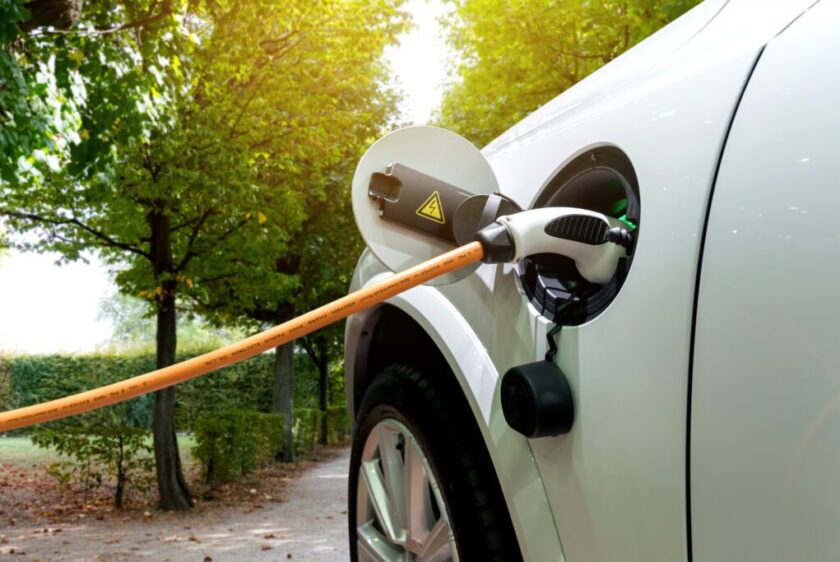Singapore is showing us its big plans with big minds to developing greener and more sustainable land transport. The Lion City is aiming to cut the sector’s emissions as much as 80% by the middle of the century[1]. And encouraging eMobility with electric vehicles (EVs) is one of the key pillars of the Singapore Green Plan 2030[2], which was launched in February last year. In fact, the island nation is hoping to migrate its entire road fleet from traditional ICE (internal combustion engine) power plants to cleaner energy vehicles by 2040.
Switching from ICE to EVs can certainly make transport a more sustainable proposition. An EV creates half the amount of CO2 compared to a similar vehicle powered by the latest ICE technology. Swapping over Singapore’s entire “light” vehicle fleet (private cars, minibuses, small trucks, and goods vans) to electricity could reduce the city’s carbon footprint by 1.5-2 million tonnes annually, or about 4% of national emissions.
Although EVs have typically been more expensive than ICE vehicles, the upfront costs are falling fast as the technology mature. These days the biggest sticking point isn’t price, it’s accessibility of charging infrastructure.
While there are currently about 2,500[3] charging points available island-wide, that is not nearly enough. Newspaper stories calling for EV drivers “hogging” charging points to be fined are already making the news. An estimated 60,000 charging points will be needed by 2030 to support the growing EV fleet.

Making Singapore EV-Ready
To meet this challenge, the Singapore Government has proposed updating the law to encourage the installation of new EV charging points. The administration is working with the private sector to roll out 40,000 charging points in public carparks, along with 20,000 in private premises. In addition, every Housing & Development Board (HDB) town is also being made EV-Ready, with approximately 2,000 carparks expected to be equipped with charging points by 2025.
The Government’s commitment to accelerating sustainability and decarbonizing transport is proving popular. Measures, such as financial incentives to reduce the cost of electric cars and efforts to increase EV charger network, are making a massive difference. For example, in the first five months of 2022[4], electric vehicles represented 8.4% of all new car registrations – twice as many as last year, and over 20 times the number in 2020.
Digital is key
Installing charging points is a no-brainer for new developments, where tenants expect the latest technology. But it could be a challenge for owners of existing building owners, whose properties may not be equipped to handle the higher energy requirements.
Continued growth could overload the building’s network and trigger an outage. If a number of buildings are adding charging points, the local electricity grid may also need to be upgraded. Otherwise, a spike in a single building could potentially knock out power for a whole block.
The key to mitigating these risks is through digital innovations, such as Schneider Electric’s eMobility solutions, which integrate intelligent charging, load management, power generation and storage to create closer synthesis with the rest of the energy grid.
Connecting charging equipment to a digital control system provides valuable real-time intelligence. This can be used to manage a host of variables, from current energy costs and demand from other parts of the facility to each individual vehicle’s charging needs. With the addition of predictive modelling, building operators can even plan ahead to ensure a reliable supply and control costs.
Making cities more sustainable and easier to get around
The media is packed with news of extreme climate events, and time is running out to slow down or reverse the process. Transportation and buildings represent two of the biggest carbon contributors. With the right technology, they are also two of the quickest potential “climate wins.”
An effective eMobility ecosystem can form the backbone of a municipal, regional or national EV charging infrastructure. Combined with renewable energy to mitigate consumption costs and reduce climate impact, this new generation of innovative digital solutions has the potential to make cities like Singapore more sustainable to live in and easier to get around.
Since embarking on the journey to support vehicle electrification, Schneider Electric’s goal has been to deliver solutions to solve the EV charging infrastructure challenges of customers. The Singaporean government has shown its commitment. Now it is time for all of us to make the best use of available technologies, and put them to use to build a future where all-electric net-zero mobility is the norm, not the exception.
Know more how Schneider Electric is transforming Home of the Future.
[1]https://www.lta.gov.sg/content/ltagov/en/industry_innovations/technologies/electric_vehicles.html
[2] https://www.greenplan.gov.sg/splash
[3] https://www.straitstimes.com/singapore/transport/electric-car-registrations-continue-to-grow-in-q1-issue-of-hogging-of-chargers-being-tackled
[4] https://www.straitstimes.com/singapore/84-of-all-new-cars-from-jan-to-may-were-evs-grab-drivers-find-making-switch-difficult



